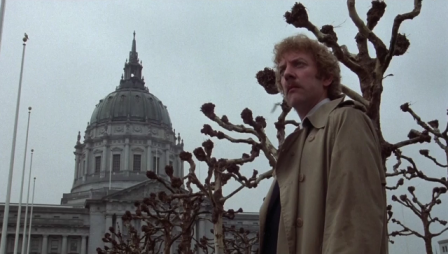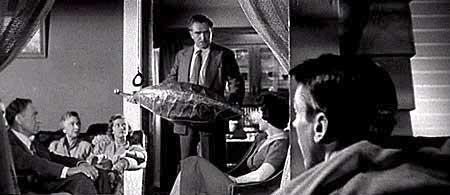For part 3 of this series, I want to talk about one of my favorite horror films, Invasion of the Body Snatchers.
Over the last 15 years there have been several retelling’s of the classic story of pod-people from another world, but for this post I will focus on the best, the 1956 original directed by Don Siegel, and the excellent 1978 remake by Philip Kaufman.
The original film was an instant classic, and when it was re-envisioned in 1978, one could ask that all-important-question for any remake: why bother? Well let it be said if any film could be the poster child for the concept of the remake, I think these 2 films could be.
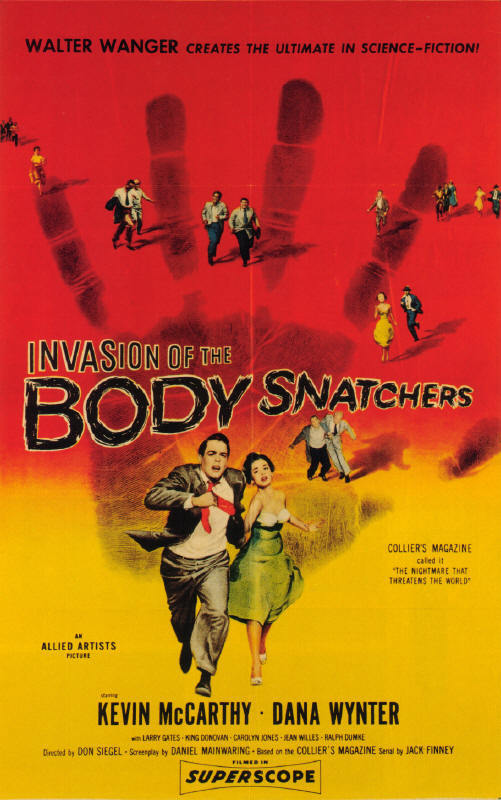
The 1956 version of the film could be called a masterpiece. Directed by the legendary auteur Don Siegel, (who many Clint Eastwood fans will know as doing 5 collaborations with the actor, including the film that virtually invented the police/action genre, Dirty Harry), Siegel was great at being brought in and taking B-grade material and shooting it quickly and cheaply, adding such textures and nuisances, that the film would become A-grade material.
Siegel started out in Hollywood as a second unit director for a lot of famous films, responsible for the montages in Michael Curtiz’s Casablanca, and worked second unit on such films as Sargeant York, To Have and Have Not and Yankee Doodle Dandy. By the time he started work on Body, he was well-known within the industry. 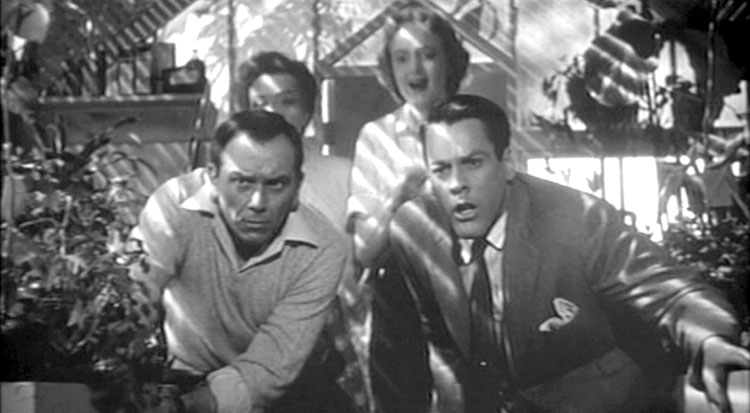
His 1956 film starred the brilliant Kevin McCarthy and Dana Wynter. McCarthy is a small town doctor who begins receiving complaints from patients all over town, almost like a mass hysteria, that their loved ones are no longer who they were, but impostors. They look, sound and have memories like before, but they are now devoid of any real feelings or emotion. After several brush offs, McCarthy realizes that something is in fact happening, and his fears are confirmed when he is invited to a friend’s house, who has found a body in his closet, which doesn’t seem to be fully ‘developed’ yet; lacking any real detail, including at this point, fingerprints. We soon discover that these are in fact pod-people; aliens who’ve come here to take over the planet, growing from pods and taking over their victim while they sleep, virtually unnoticed. (A great side note here is the cameo of legendary director Sam Peckinpah, in a walk-on role, who worked on the film before becoming famous in the early 1960’s.)
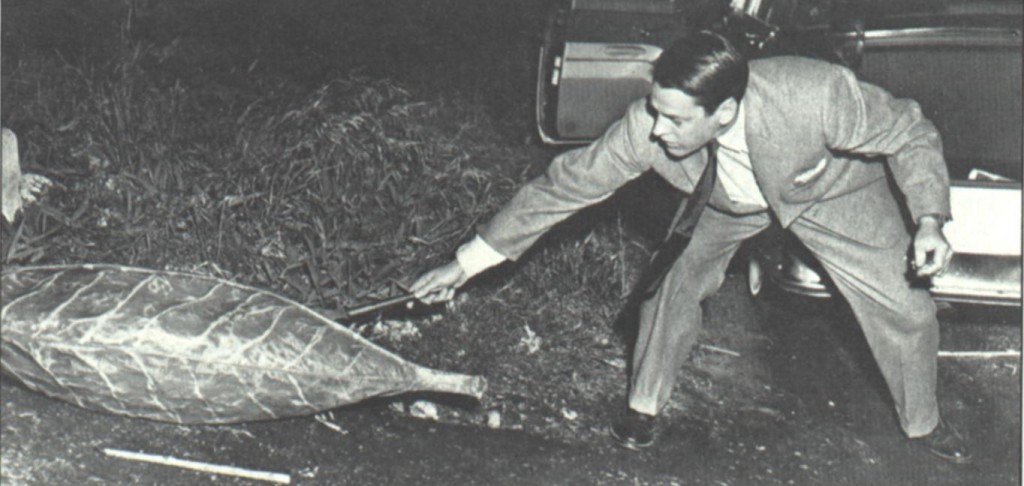 The fast-paced narrative spreads like wildfire, and climaxes with the entire small California town being overrun, and exporting the pods to the surrounding communities, leaving McCarthy barely escaping with his life, running along the California highway screaming at the passing cars that the aliens are here and it may be too late.. hinting that his warnings may be in fact too late for the world.
The fast-paced narrative spreads like wildfire, and climaxes with the entire small California town being overrun, and exporting the pods to the surrounding communities, leaving McCarthy barely escaping with his life, running along the California highway screaming at the passing cars that the aliens are here and it may be too late.. hinting that his warnings may be in fact too late for the world.
The film is book-ended with McCarthy being picked up on the highway seemingly stark-raving mad, and telling his insane tale, where the film is told in flashback. it ends where it begins, and as McCarthy is led out and thought to be a lunatic, evidence is found to confirm his story, and the happy ending offered is the world can now take steps to stop the pods, and stop the planet from being taken over. But in the original cut, these bookends were not shot, and the film ended with McCarthy running up and down the highway, with the ominous “They’re here and you’re next!!” That didn’t sit well with test audiences or the studio, so these two scenes were shot later to give the film a more ‘uplifting’ ending (which is hilarious if you ask me).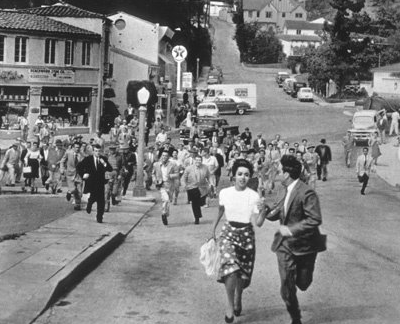
Siegel succeeded hands down in delivering the suspense and edge-of-your-seat tension of a small town slowly being taken over by men from Mars. It also accurately reflected the current paranoia of the McCarthy hearings of the 1950’s, where Hollywood figures were brought before congress to testify and give names as to who were communists, or defend themselves from the claim of being part of the communist party. This destroyed many careers at the time, and this theme of someone not being who they say they are or who they outwardly claim to be, started to show up in a lot of films but most succeeded in the horror and Sci-Fi genres of the time, and most notably, Invasion.
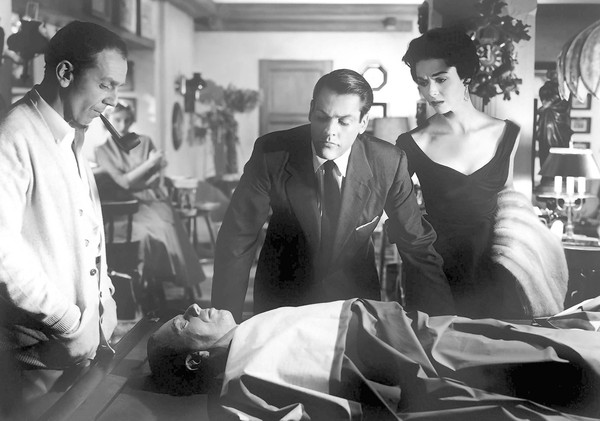
Fast-forward to 1978, where Philip Kaufman transplants the story from a small town to the city of San Francisco, and casts the brilliant Donald Sutherland as the lead.
This film, in my humble opinion is flawless. Not a shot is wasted here, from the first frame to the last. It indeed could be used as a proponent for the concept of remakes and is a beautifully executed tale of suspense and terror.
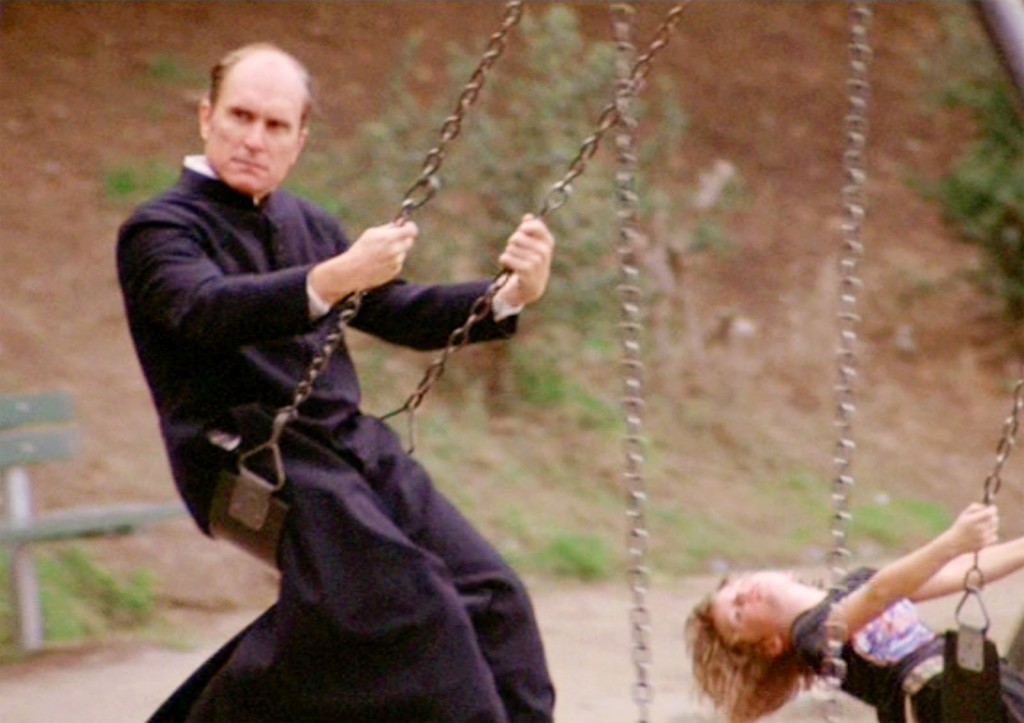
Robert Duvall in an uncredited role
The film opens with foreign cobweb-like seeds leaving an alien planet and traveling on the ‘solar winds’ entering our atmosphere, coming down in the famous San Francisco rain, and then spawning on the leaves of plants and blushes, growing into little pods ready to be picked and brought home. By the end of the opening credits we see a school teacher bringing her young class to a city park and telling the children to bring home the plants to their parents; just as we see one of the oddest images in the film, Robert Duvall in an uncredited role, dressed as a priest on a swing-set, staring blankly at the other teacher and class as he swings, with his class already there, doing the same thing. This leads you to believe that the assimilation has already started. This opening really sets the pace for the tension of the film.
Along with Sutherland, Brooke Adams, Jeff Goldblum, Veronica Cartwright, Leonard Nimoy and Art Hindle round out the cast of unsuspecting pawns in this invasion from outer space. The plot is essentially the same, with some minor tweaks that enhance a lot of the details of the story.
Sutherland now being a Health Inspector, adds another level of intrigue to the tale because in that role it is his job to inspect and see what is good, bad, or potentially dangerous in one of the most sensitive areas for humans, their food. As well as this, with the country coming off of the momentous Watergate ordeal of 1972, which really instilled a lack of trust certainly in the President, as well as in members in government and those in charge, which all plays a perfect foil to the McCarthyism fears of the first film. The 1978 version takes advantage of this lack of confidence Americans felt in their leaders at the time, and this helps add a level of tension once the plot starts to unravel.
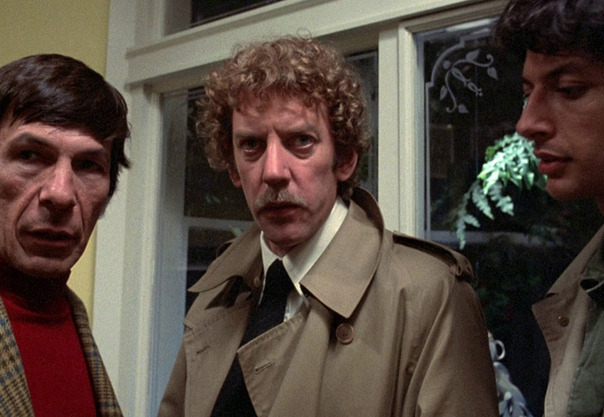 Kaufman masterfully amps up the paranoia here to unimaginable levels, and really gets the viewer wondering from the offset, who is human and who is alien. By setting the story in arguably the most liberal and progressive city in the country, Kaufman is able to make use of the post-60’s generation which had evolved from peace, love and individuality, into an introspective, all-for-one mantra which developed out of Watergate, the consumerism of the time and ‘self-help’ movement that sprang up during the decade; the latter of which Nimoy’s character is a clear representation of. Hawking a new self-improvement book at his signing party in the first scene we meet him and being renowned as an accomplished psychologist, both help to solidify the idea that 70’s America had become a tad self-absorbed with themselves and their individuality, which would certainly up the stakes if the city or the world were threatened by an alien being which’s goal is to assimilate and make the public into a conformed mass.
Kaufman masterfully amps up the paranoia here to unimaginable levels, and really gets the viewer wondering from the offset, who is human and who is alien. By setting the story in arguably the most liberal and progressive city in the country, Kaufman is able to make use of the post-60’s generation which had evolved from peace, love and individuality, into an introspective, all-for-one mantra which developed out of Watergate, the consumerism of the time and ‘self-help’ movement that sprang up during the decade; the latter of which Nimoy’s character is a clear representation of. Hawking a new self-improvement book at his signing party in the first scene we meet him and being renowned as an accomplished psychologist, both help to solidify the idea that 70’s America had become a tad self-absorbed with themselves and their individuality, which would certainly up the stakes if the city or the world were threatened by an alien being which’s goal is to assimilate and make the public into a conformed mass.
Kaufman uses the camera brilliantly, almost making it like another character, so the audience feels involved and part of the story. As an example of this, most of the film the camera is stationary, and then suddenly in a highly charged sequence of suspense and tension, the camera is used in a ‘documentary-style’, moving very erratically between the characters, adding another layer of terror to the narrative. The impostors are also frightening in this installment, because they now utter an unEarthly howl when to warn or call other of their kind in climatic moments. Really will send chills up your spine.
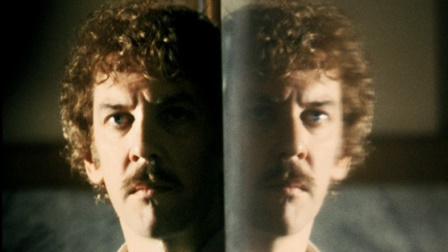
Another brilliant method the director uses is for example a scene where the camera follows around Sutherland in Chinatown as he voice-overs several calls to the Health Department airing his concerns about what is happening, and getting the runaround from the operators and receptionists. The visuals you see are people watching Sutherland walk about being photographed, and the pedestrians unintentionally start staring and pointing, and this is interjected with cut-aways of shots of faces on a bus or walking by (obviously completely unaware that a movie is being made), who are staring blankly at the camera, trying to see what is happening, but in doing this honest reaction, they add a VERY CREEPY element to the story, almost as if they too have been taken over and aware of what is happening, and that is the reason they are staring back at us and the Donald Sutherland character.
An interesting element is the subtle use of garbage trucks. They show up everywhere, taking away trash and other dubious rummage, as if to say they are covering the impostors tracks and cleaning up the remnants of the poor humans who have been replaced.
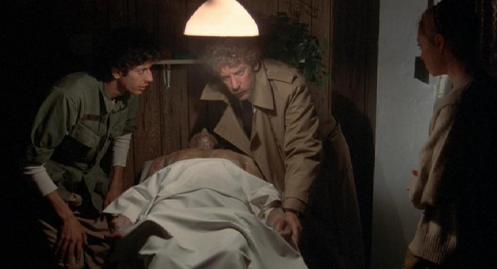
Also Kaufman uses San Francisco to its fullest, by actually incorporating it’s hilly roads and uneven terrain to skew the camera on a pan; so one moment everything seems normal but as you follow a character, the landscape completely changes due to San Fran’s slanted streets, and suddenly in one continuous shot, it looks as though a subconscious change has been afforded to the character, and the viewer is forced to question if we should in fact trust the person in the frame now because of the angle they are then presented in.
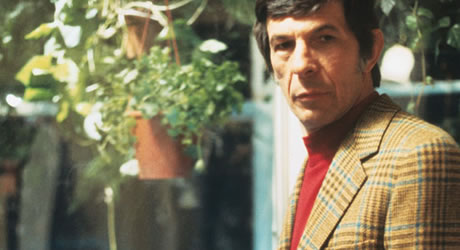
The supporting cast is absolutely brilliant, with a great job by Goldblum in a very early role, and a very notable role for Leonard Nimoy as the famous doctor-friend who Sutherland brings in to help ease the growing paranoia he is seeing in his friends. SPOILER ALERT! (It is interesting to note at the time of the film’s release, Nimoy was at the point of his career where he wanted anything but a Spock-ish role, and what does he turn to play? But a doctor who becomes an emotionless, loveless alien… Huh.)
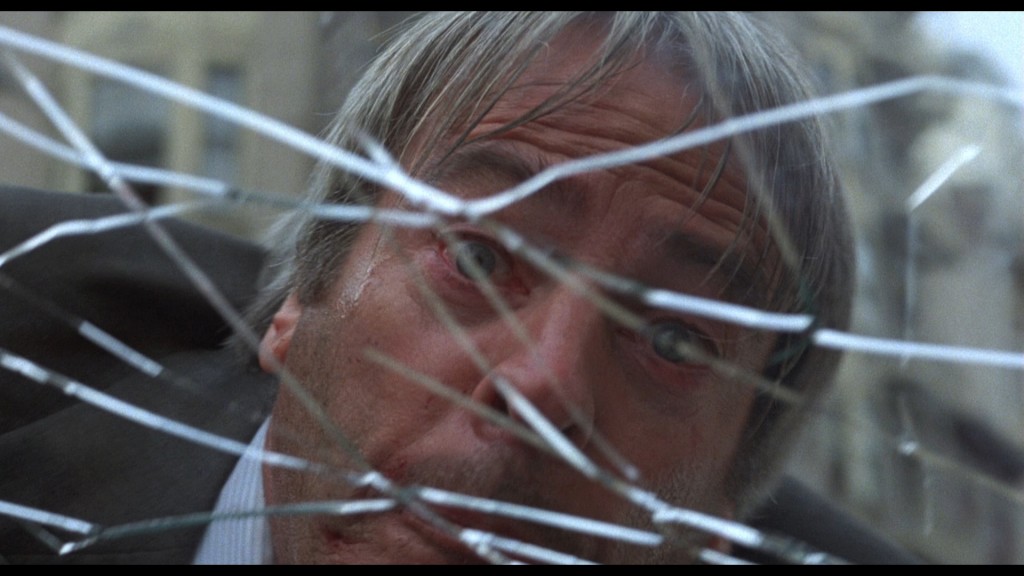
Kevin McCarthy briefly reprising his role in the 1978 version
Two great cameos are also inserted for fans of the original as well. At one point Sutherland and Adams accidentally drive into a hysterical Kevin McCarthy, who seems to be still running around and screaming from the first film, trying to warn people that ‘they’ are here and it could be too late. It may seem trite in description, but it instead comes across quite effectively, with a startling soberness. The other cameo is in the climatic scene as Sutherland and Adams attempt to make their escape, and none other than director Don Siegel shows up as the driver of the cab they jump into.
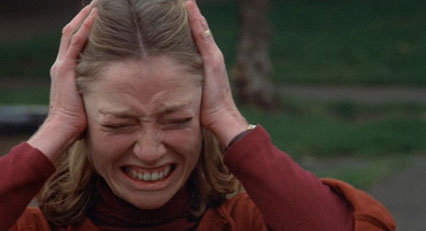 Overall these two films are great examples of suspense, horror, and great staples in the genre. They both have been copied and not always to the best results (see 1993’s Body Snatchers, or 2007’s Invasion) and not surprisingly, this basic story of Martians from outer space coming down and not using force and armies to invade, but instead using pod-people to slowly and subconsciously takeover, has been absorbed into our modern psyche I would venture almost as much as zombies, or plasma-ray shooting aliens in flying saucers. Both these films are stellar examples of the climate they were hatched out of, and were also genre defining vehicles in their time.
Overall these two films are great examples of suspense, horror, and great staples in the genre. They both have been copied and not always to the best results (see 1993’s Body Snatchers, or 2007’s Invasion) and not surprisingly, this basic story of Martians from outer space coming down and not using force and armies to invade, but instead using pod-people to slowly and subconsciously takeover, has been absorbed into our modern psyche I would venture almost as much as zombies, or plasma-ray shooting aliens in flying saucers. Both these films are stellar examples of the climate they were hatched out of, and were also genre defining vehicles in their time.
As I stated before, if there was ever the poster-child for the remake, especially the horror remake, then Invasion of the Body Snatchers is it. And get yourself ready for one of the most scariest and terrifying endings in horror history, when you watch the 1978 version. Certainly scared the underwear off of me!
